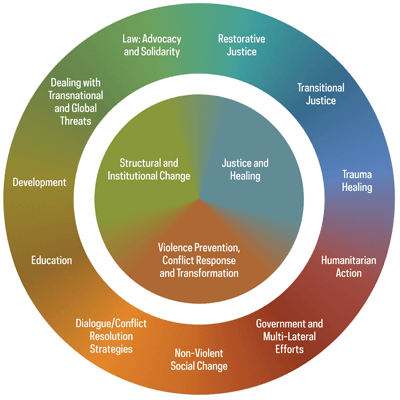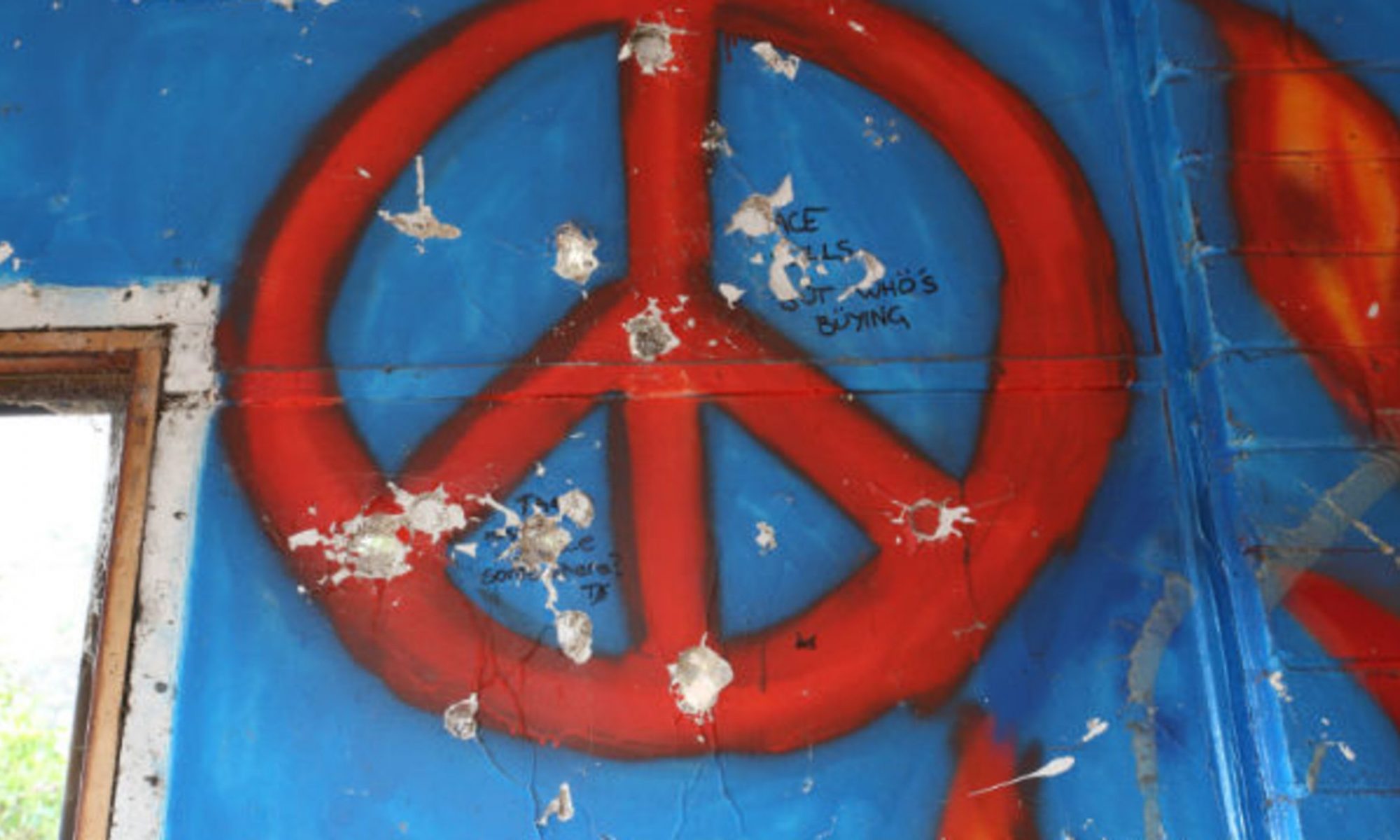By Dawood Shah

Peacebuilding can be defined in many different ways. Scholars, policymakers, and field practitioners have developed different conceptions of peace building, the timeline it is associated with, as well as the main priorities and tasks it entails.
According to John Paul Lederach, a key scholar in the field of peace studies defines Peacebuilding as ” a comprehensive concept that encompasses, generates, and sustains the full array of processes, approaches, and stages needed to transform conflict toward more sustainable, peaceful relationships. The term thus involves a wide range of activities that both precede and follow formal peace accords. Metaphorically, peace is seen not merely as a stage in time or a condition. It is a dynamic social construct.”
The term “peace building” originated in the field of peace studies more than thirty years ago. In 1975 Johan Galtung coined the term in his pioneering work “Three Approaches to Peace: Peacekeeping, Peacemaking, and Peacebuilding.”
In this article, he posited, “peace has a structure different from, perhaps over and above, peacekeeping and ad hoc peacemaking… The mechanisms that peace is based on should be built into the structure and be present as a reservoir for the system itself to draw up… More specifically, structures must be found that remove causes of wars and offer alternatives to war in situations where wars might occur.”1 These observations constitute the intellectual antecedents of today’s notion of peace building: an endeavor aiming to create sustainable peace by addressing the “root causes” of violent conflict and eliciting indigenous capacities for peaceful management and resolution of conflict.
Apart from Johan Galtung and John Paul Lederach, other scholars have been conducting research along similar lines since the 1980s. Meanwhile, throughout the world, well-known international NGOs, as well as local NGOs and community groups were working to help individuals, communities, and societies transform the way they perceive and manage conflicts – a core component of peace building. But since the peacebuilding as an industry had not yet developed, these analyses and field work were considered peripheral to international affairs, much like projects in human rights, civil society, and rural development that were undertaken by UN and bilateral development agencies.
Today each of these streams can be considered key areas that comprise overall efforts needed to ensure a sustainable peace. In my own view peace building is the understanding of conflicts and their reasons in order to be better equipped for preventing them from happening. Had the conflict of the Swat Pakistan been understood, it would not have happened.


